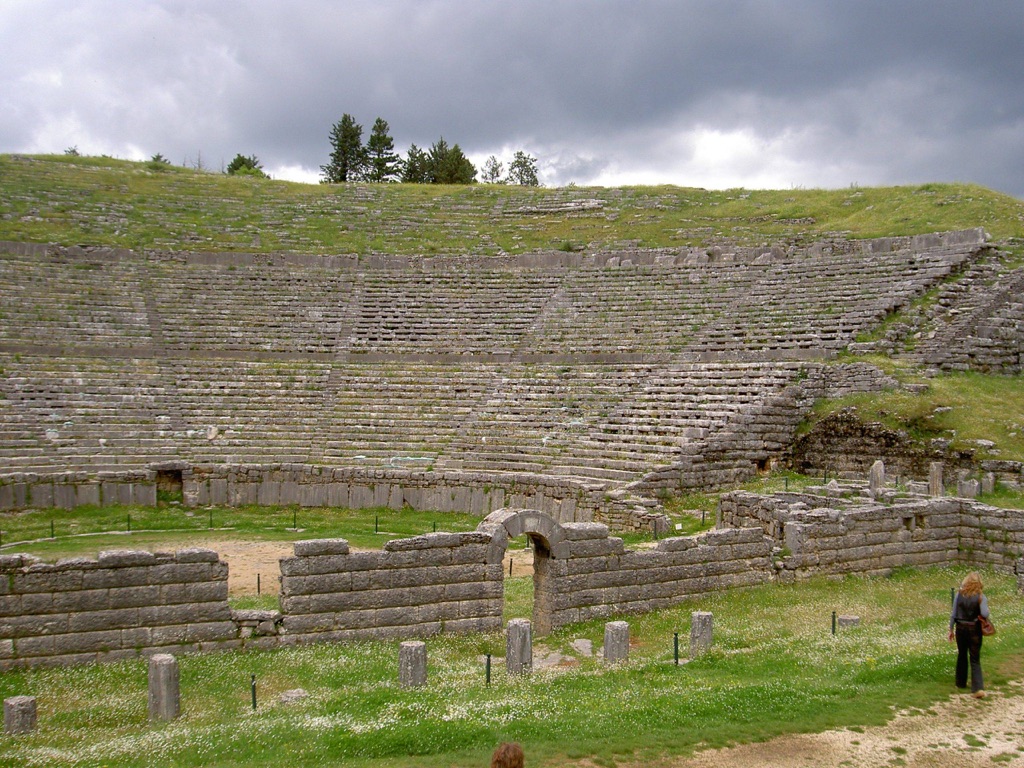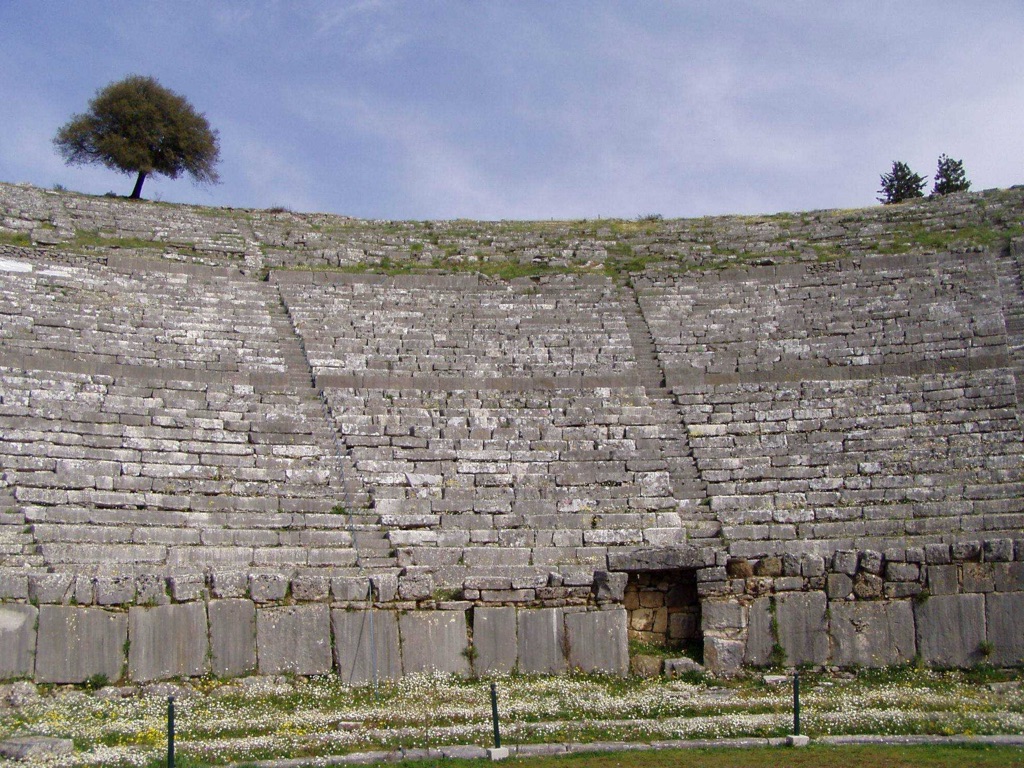The Theatre of Dodona, a captivating historical site, is nestled in the heart of Epirus, Greece. This ancient theatre, once a vibrant hub of cultural and religious activities, is a testament to the grandeur of the Hellenistic period. Its unique architecture and rich history make it a must-visit for any history enthusiast.
Get your dose of History via Email
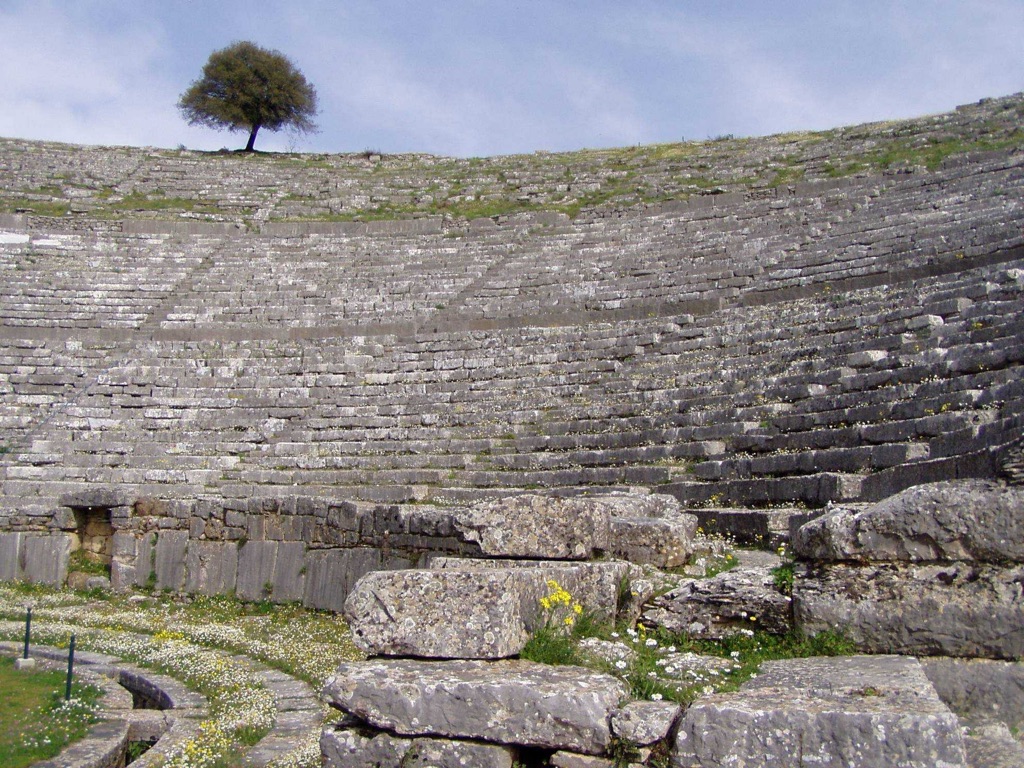
Historical Background
The Theatre of Dodona was built in the 3rd century BC during the reign of King Pyrrhus of Epirus. It is part of the larger sanctuary of Dodona, which is considered one of the oldest Hellenic oracles and a significant religious center of the ancient Greek world. The sanctuary was dedicated to Zeus and Dione, and the theatre played a crucial role in the religious festivals and activities that took place here.
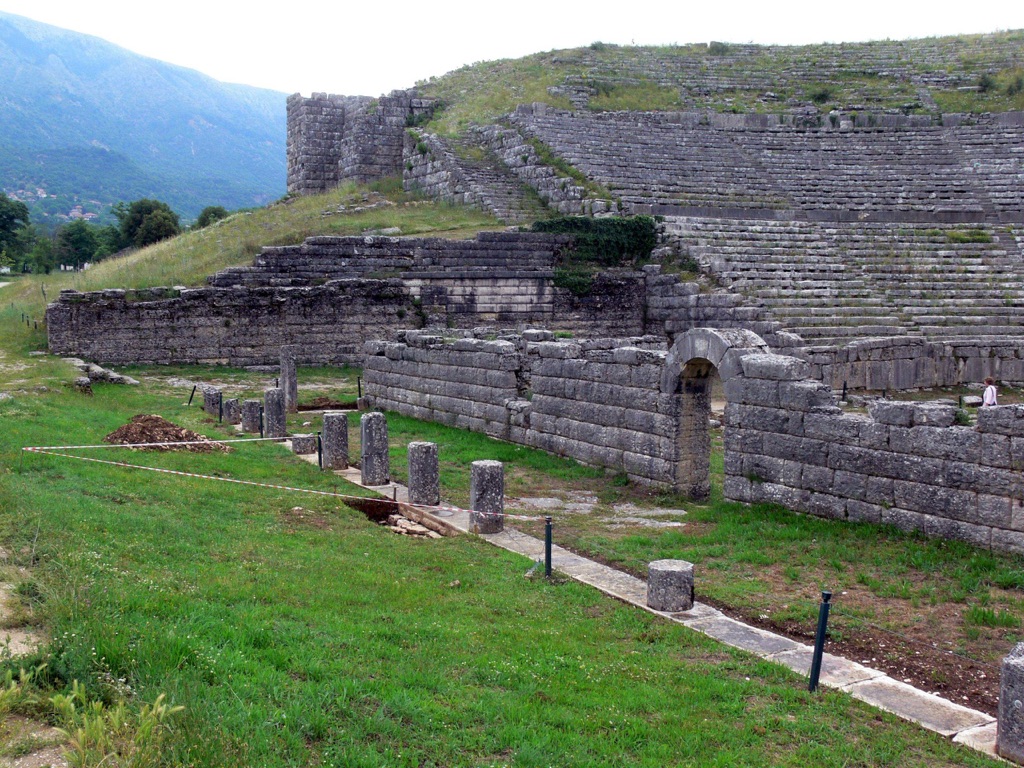
Architectural Highlights
The Theatre of Dodona is a marvel of ancient Greek architecture. It was constructed using local limestone and could accommodate around 14,000 spectators, making it one of the largest theatres of its time. The theatre is semi-circular in shape, with a diameter of about 22 meters. The stage building, or skene, was two-storied and adorned with decorative elements. The theatre also had a unique feature – a circular orchestra, where the chorus performed during the plays. The seats were arranged in tiers, divided into sections by stairways. The theatre’s excellent acoustics, a characteristic feature of Greek theatres, allowed even those seated at the back to hear the performances clearly.
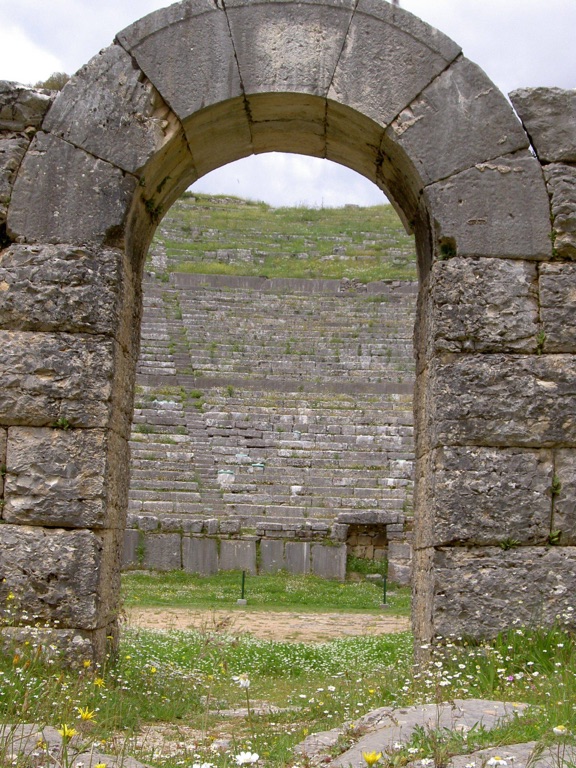
Theories and Interpretations
The Theatre of Dodona was not just a place for entertainment; it was a significant part of the religious life of the people. The theatre hosted the Naia festival, a major event dedicated to Zeus and Dione, which included theatrical performances, athletic competitions, and even a procession. The plays performed here were often of a religious nature, reflecting the theatre’s sacred context. The theatre’s location within the sanctuary suggests that it was considered a sacred space, and the performances were likely seen as a form of worship. The dating of the theatre has been done using stratigraphic analysis and pottery dating, which places its construction in the Hellenistic period.
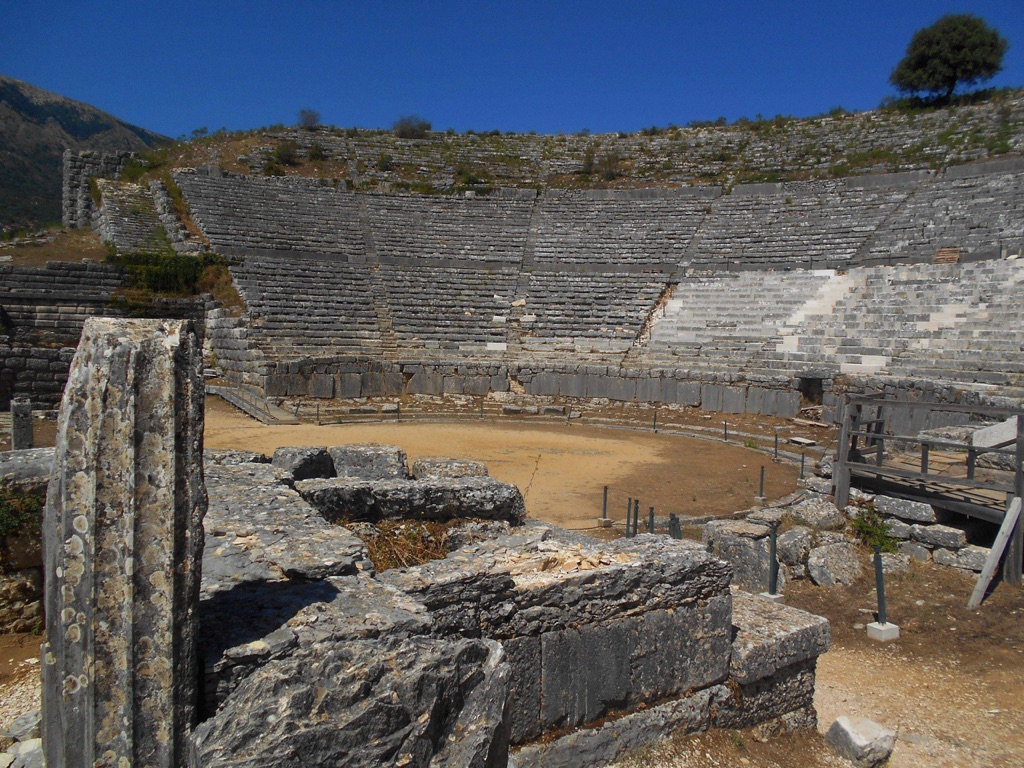
Good to know/Additional Information
Despite the ravages of time, the Theatre of Dodona remains remarkably well-preserved. It underwent extensive restoration in the 1960s, and today, visitors can still see the original stone seats, the stage, and the circular orchestra. The theatre is still used for performances during the summer, allowing visitors to experience the magic of ancient Greek theatre in its original setting. The site also includes the remains of the ancient Temple of Zeus, the Prytaneion, and the stadium, offering a glimpse into the religious and cultural life of ancient Greece.
